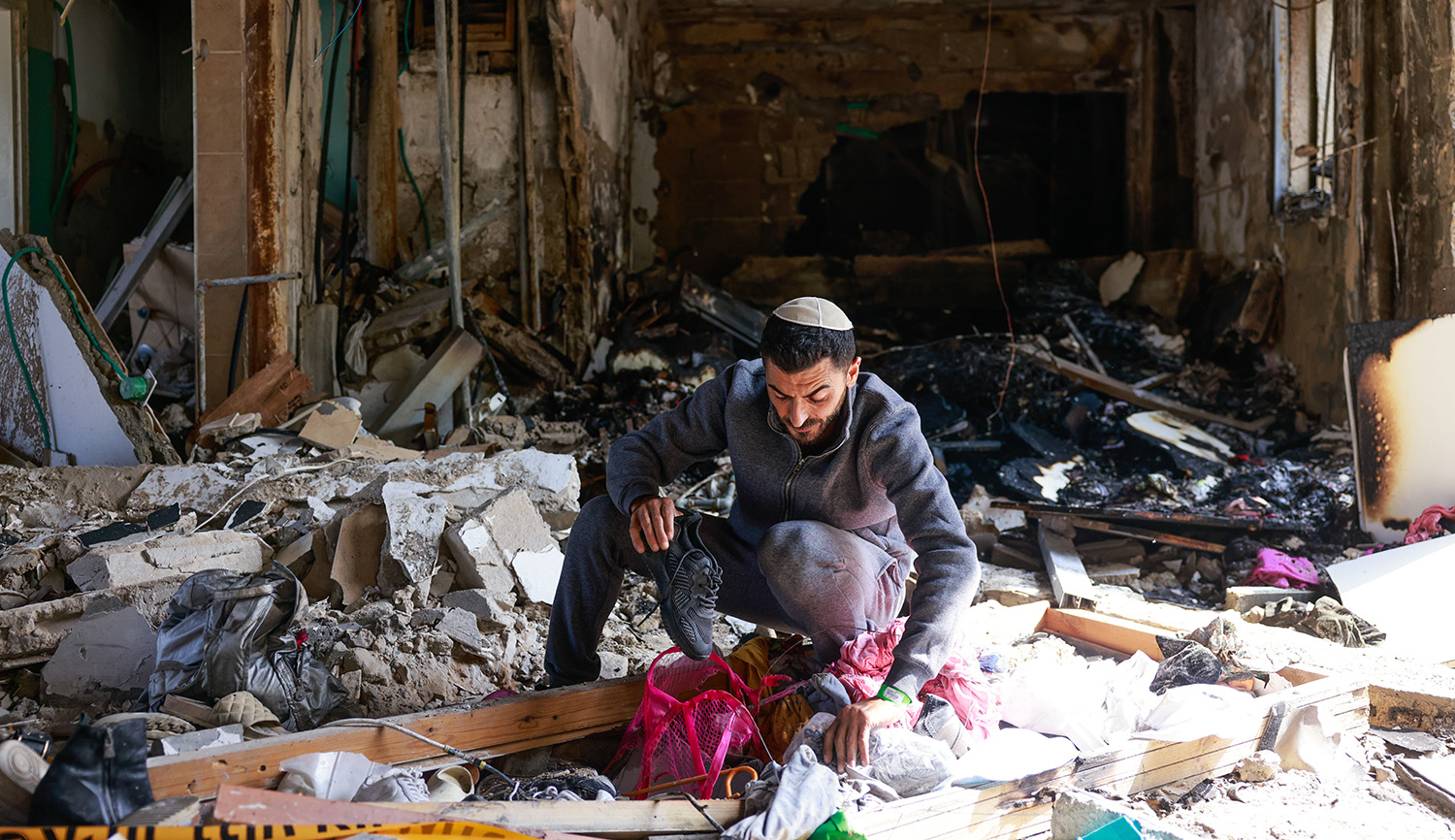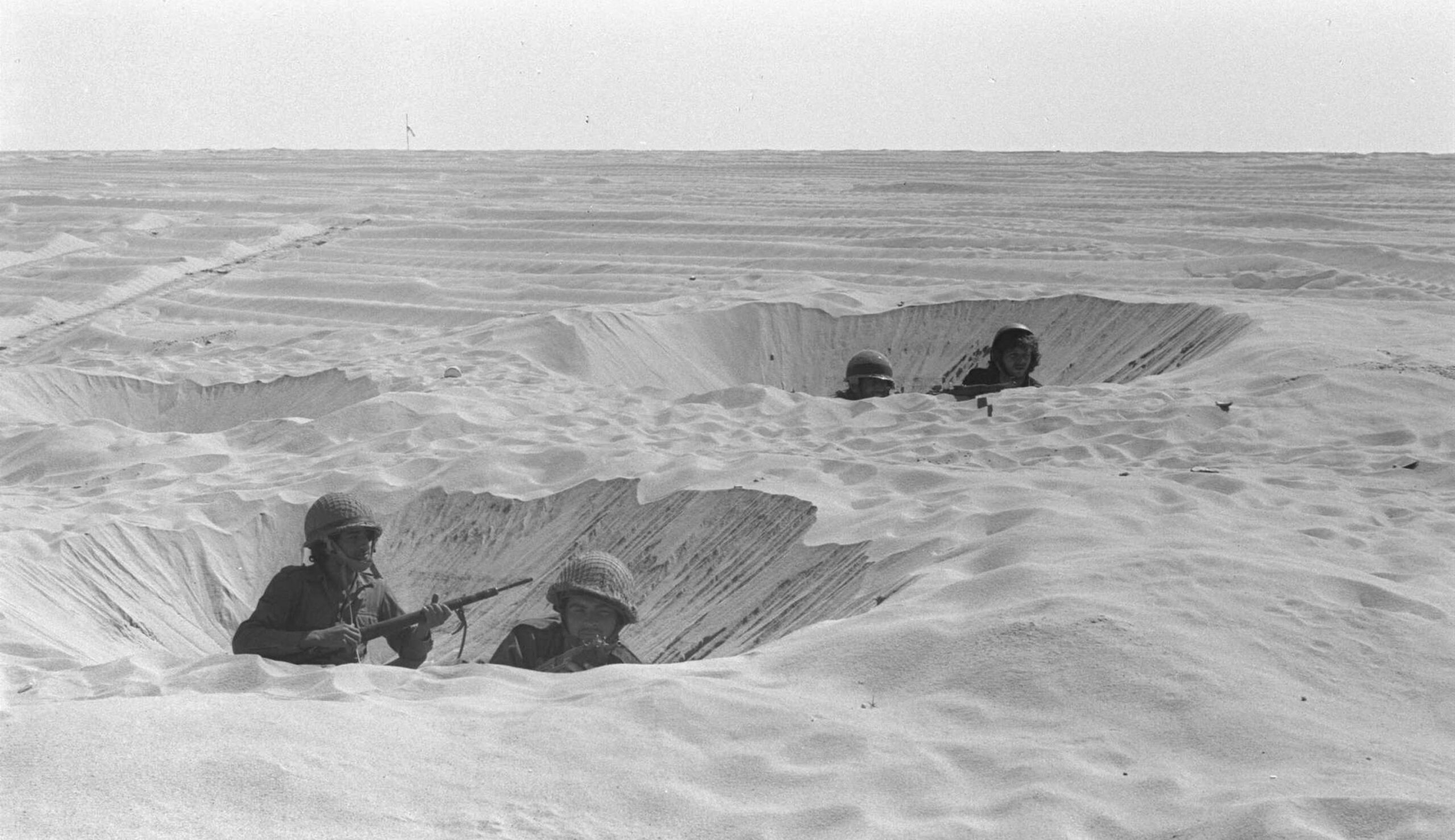Earlier this year, construction workers laying the foundation for a new apartment building in the Belarusian city of Brest, known in Yiddish as Brisk, discovered a mass grave holding the bones of over 1,200 people—the ghoulish evidence of a Nazi massacre of local Jews. Upon a recent visit to Brest, Meir Soloveichik—whose great-great-grandfather, the pathbreaking talmudist known as Ḥayyim Brisker, as well as his father, were rabbis in the city—recited kaddish on behalf of the dead. He writes:
Peering through the gate at the vast ditch [where the bones were discovered], it was hard not to think of the biblical prophet Ezekiel, famously shown by God a valley filled with dry bones. Ezekiel is asked by God whether these bones can live once more. “Thou alone knowest,” is the prophet’s reply. Bible and contemporary times merged as the valley of the dry bones of my landsmen stretched before me. . . .
Standing next to the chamber [where the bones are being temporarily stored], I recited a unique version of the mourning prayer, the kaddish. It was unlike the standard kaddish said by mourners in the year following a loss. Rather, it was the version said at a burial, the first recited following a death, and is known as the “renewal kaddish” because it explicitly makes reference to the resurrection: Glorified and Sanctified be His great Name. In the world which He will create anew, where He will revive the dead, construct His temple, deliver life, and rebuild the city of Jerusalem . . . in our lifetime and in our days and in the lifetime of the entire House of Israel. . . .
It was this kaddish that I said, praying for the resurrection next to bones that were as yet unburied, God’s question resonating in my mind: can these bones live? We should believe they can—not only in ultimate resurrection, but in another way as well. “I will not go back to Brisk,” Menachem Begin, [another of the city’s natives, once] said, “but Brisk will always go with me.” . . .
[It is] a privilege . . . to be a Jew in this age when . . . parts of the prayer known as the “renewal kaddish” have been fulfilled: Jerusalem has been rebuilt in our lifetime. But the Temple is still not here, and the dead have not yet physically risen. Jews are still hated and are still murdered for being Jews. . . . In the face of this hate, we Jews have the ultimate obligation: to cling tightly to the keys of the past, to Judaism, to the faith that, rightly understood, has always stood for the negation of despair. This we will do, until the world is created anew, the blood of our martyrs avenged, and death itself defeated.
More about: East European Jewry, Ezekiel, Holocaust, Joseph B. Soloveitchik, Kaddish, Menachem Begin


